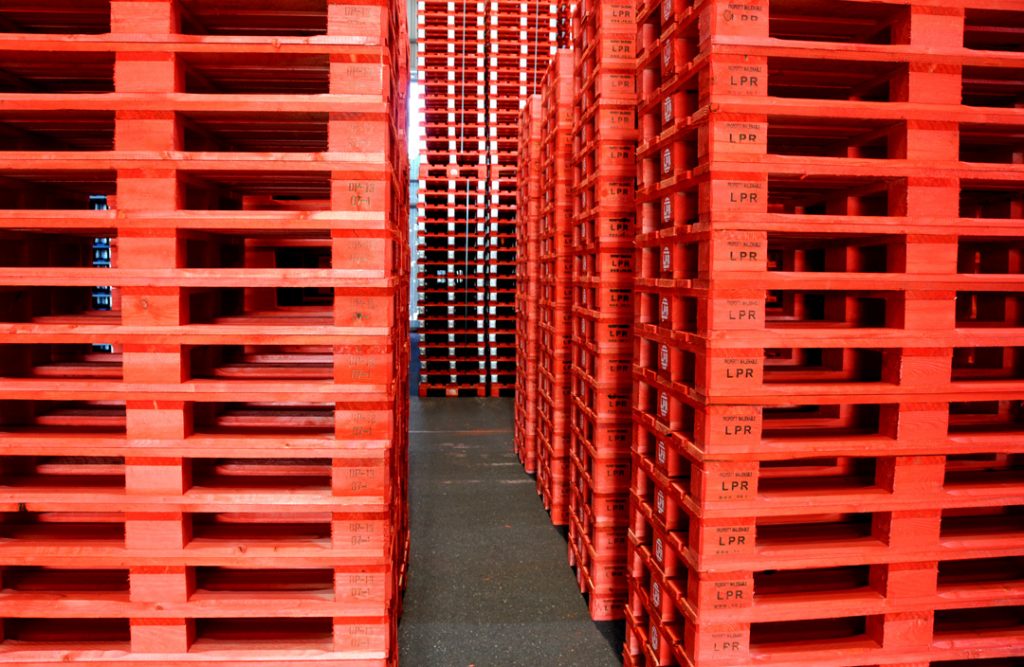The supplier price you see isn’t always the price you pay, writes Diane Carroll
Almost a year ago, I prepared a white paper called Relieving Price Pressures, where I talked about a recent Kantar report stating that 44 percent of households felt they had been ‘damaged’ financially as a result of the impact of Brexit and Covid.
Little did I know at that point that, 12 months on, and with inflation set to hit 13 percent (the highest in 40 years) by the end of the year; we would see the resignation of our Prime Minister, a war in Ukraine, an impending recession, and the Bank of England raising interest rates by the highest amount in 27 years!
It’s fair to say that these issues, and the associated knock-on effects, mean that costs are receiving scrutiny like never before, and every penny counts.
It’s clear now that our volatile world, and its impact on commodity pricing, is not a short-term problem. It is time, therefore, for an increased focus on total cost to serve throughout the FMCG supply chain, from pre-manufacture through to retailer. Management of direct costs alone simply cannot provide enough opportunities to become lean enough to withstand the pressure.
Supplier headline pricing is a good place to start, but it often does not represent the total cost of operation – especially when the transport and labour markets remain volatile, both in terms of cost and availability. It can all feel complex and overwhelming.
When delving into supplier pricing, the price you see isn’t always the price that you pay. The proposal that you received should be scrutinised carefully to understand what is, and is not, included.

When the price isn’t the price
Considering what goods or services the supplier provides, and then reviewing how each element interacts with your business, can be a good place to start.
Going further, this should include any incidental and operational costs for your business to use the supplier (for example, does your staff have to inspect items before they can be used? This is a labour cost to your business); or is there an administrative load on your business to deal with cumbersome or incomprehensible invoices – this too is a financial cost to your business that should be considered.
Working in partnership
Does your supplier take the time to know your business well enough to be able to suggest ways that collaboration could save your business time as well as money? A good supplier should want to understand your business so well that it becomes, in effect, an extension of it – and be looking at ways to continuously improve your experience as a buyer and to create opportunities to add value.
A good example of collaborative working could be something as simple as sharing transport legs to remove ‘empty miles’ being travelled. This has the added benefit of reducing CO2 emissions – a win-win situation for both businesses! In fact, a study undertaken by a major name in household products of 2,000 UK consumers found that they would be willing to pay an additional 12 percent for items that were more sustainable.
At LPR, we work in partnership with our customers, who are businesses of all shapes and sizes, to provide an easy to use service – with clear, understandable, pricing for pallet rental requirements.
Looking at the total cost of using a supplier is a great opportunity to make sure you have a true partner; something we all need in an uncertain world.
To hear how LPR will work with you to look at ways to save time and money, call us on 01527 523311, or email sales.uk@lpr.eu





